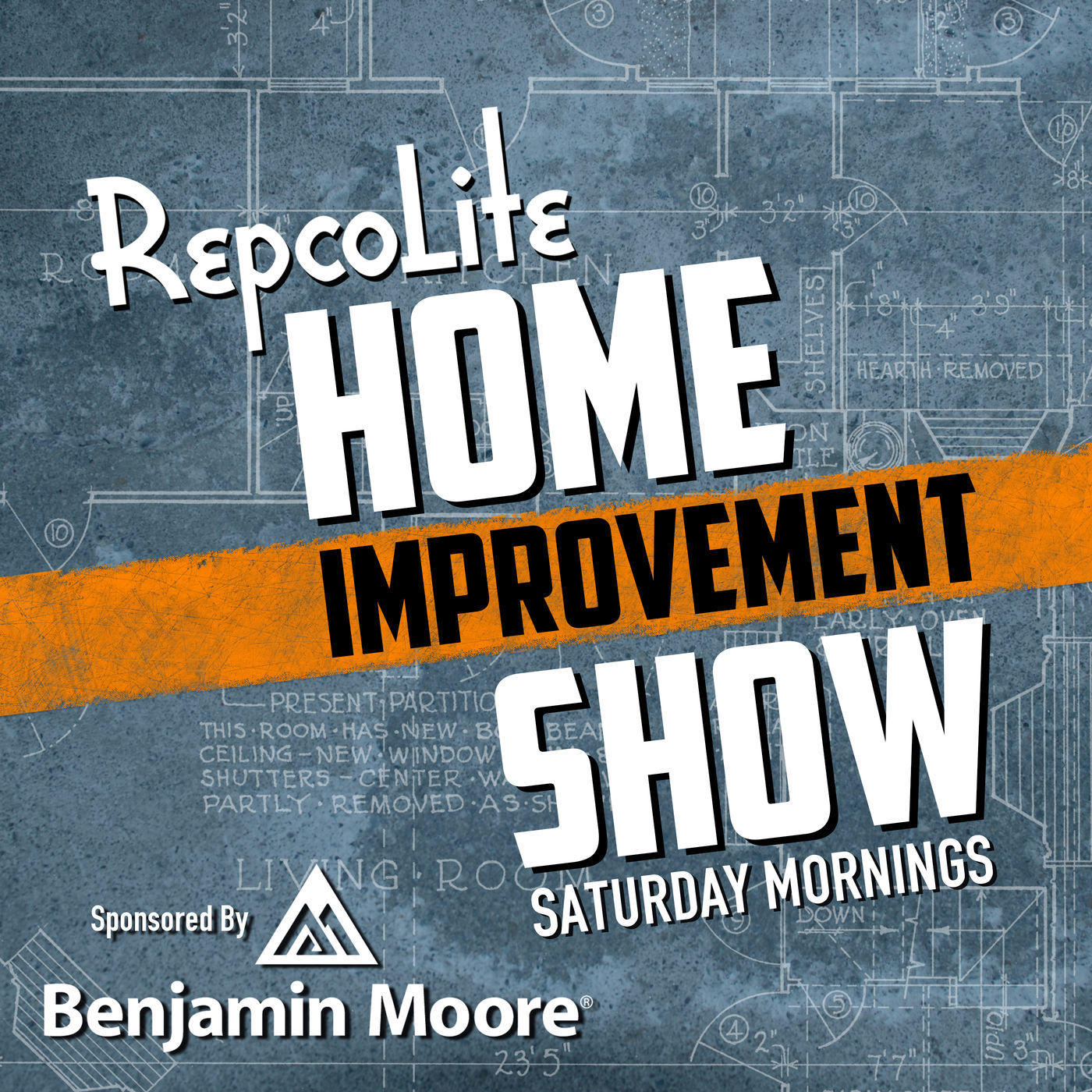- After-Shows
- Alternative
- Animals
- Animation
- Arts
- Astronomy
- Automotive
- Aviation
- Baseball
- Basketball
- Beauty
- Books
- Buddhism
- Business
- Careers
- Chemistry
- Christianity
- Climate
- Comedy
- Commentary
- Courses
- Crafts
- Cricket
- Cryptocurrency
- Culture
- Daily
- Design
- Documentary
- Drama
- Earth
- Education
- Entertainment
- Entrepreneurship
- Family
- Fantasy
- Fashion
- Fiction
- Film
- Fitness
- Food
- Football
- Games
- Garden
- Golf
- Government
- Health
- Hinduism
- History
- Hobbies
- Hockey
- Home
- How-To
- Improv
- Interviews
- Investing
- Islam
- Journals
- Judaism
- Kids
- Language
- Learning
- Leisure
- Life
- Management
- Manga
- Marketing
- Mathematics
- Medicine
- Mental
- Music
- Natural
- Nature
- News
- Non-Profit
- Nutrition
- Parenting
- Performing
- Personal
- Pets
- Philosophy
- Physics
- Places
- Politics
- Relationships
- Religion
- Reviews
- Role-Playing
- Rugby
- Running
- Science
- Self-Improvement
- Sexuality
- Soccer
- Social
- Society
- Spirituality
- Sports
- Stand-Up
- Stories
- Swimming
- TV
- Tabletop
- Technology
- Tennis
- Travel
- True Crime
- Episode-Games
- Visual
- Volleyball
- Weather
- Wilderness
- Wrestling
- Other
What Do You Need for a Garage Floor Makeover?
On Today's EpisodeThe Right Tools [00:00 - 04:45]Projects naturally go better when you use the right tools. What Do I Need for a Garage Floor Makeover? [04:45 - 32:29]Painting garage floors is popular for a couple reasons: First, it can turn a garage from an ugly storage area to a more finished space. And, secondly, a sealed surface is much easier to keep clean.However, it is one of the most difficult and demanding surfaces to paint and has to hold up to vehicle traffic, water and chemical attack, surface contamination from oil and other vehicle fluids, and the variable nature of concrete. PREPARATIONMOISTURE TESTNewer homes will have a vapor barrier installed beneath the concrete floor, older homes probably don't. If you're in an older home, the amount of water vapor that passes through concrete would probably surprise you. This moisture creates a challenge for adhesion of paint. To determine if your floor is an ideal candidate for a garage floor makeover, perform this simple moisture test: Use duct tape to adhere a 3’ square piece of plastic film to the floor. After about 24 hours, look and see if there is any condensation on the back of the plastic. If so this indicates a significant amount of water is passing through the concrete, and failure of a coating is likely.PREP NEXT STEPSIf you don't see evidence of water under that plastic, then the next steps in preparation are:Make sure the surface is clean and dry (If the floor is new, wait at least 30 days for concrete to cure before prep/painting)If the concrete is new or especially smooth, you should etch it to remove impurities (laitance) found in new concrete and to create a surface profile that helps paint adhere.<br/>When it comes to etching, do NOT use muriatic acid (AKA Hydrochloric acid) because it is very difficult to rinse thoroughly and a small amount of residual acid on the concrete will inhibit proper adhesion and peeling paint could result. Acid can also migrate into the concrete, further corroding it and even the steel reinforcement which can lead to concrete failing - breaking apart.Instead use a concrete etching solution that is phosphoric acid based, which is less aggressive and easier to rinse, and also less irritating to skin, eyes, lungs. Be aware that etching is not the same as cleaning. Etching solutions won't remove dirt, oil or other contaminants that could affect the adhesion or durability of the coating. Use a detergent degreaser product on those areas before etching.Etching solutions will not work if the concrete is treated with a sealer. The only way to know if your floor has a sealer is: if the etching solution doesn’t “fizz” when applied to the surface, there is probably a sealer present.There are drawbacks to etching that might make another surface preparation method such as grinding or shot blasting preferable. beside the need to thoroughly rinse, acids present health (chemical burns on skin, lung irritation) and environmental concerns. Also, results from etching can often vary depending on the density and porosity of the concrete. After etching and rinsing, the concrete will need to dry out for a few days before a coating can be applied.FINISHING Now you're ready to paint. What products should you use?Single component paints lack the chemical, water and abrasion resistance required for a durable job. Even two-component water based epoxy paints don't offer the resistance properties of a similar solvent based product.So, with that said, we recommend a two-component coating, and there are a few different types:Solvent-thinned polyamide epoxy100% solids epoxyPolyaspartic<br/>Solvent thinned epoxy: RepcoLite Poly-Glaze Epoxy, BM Corotech CV400Posit

